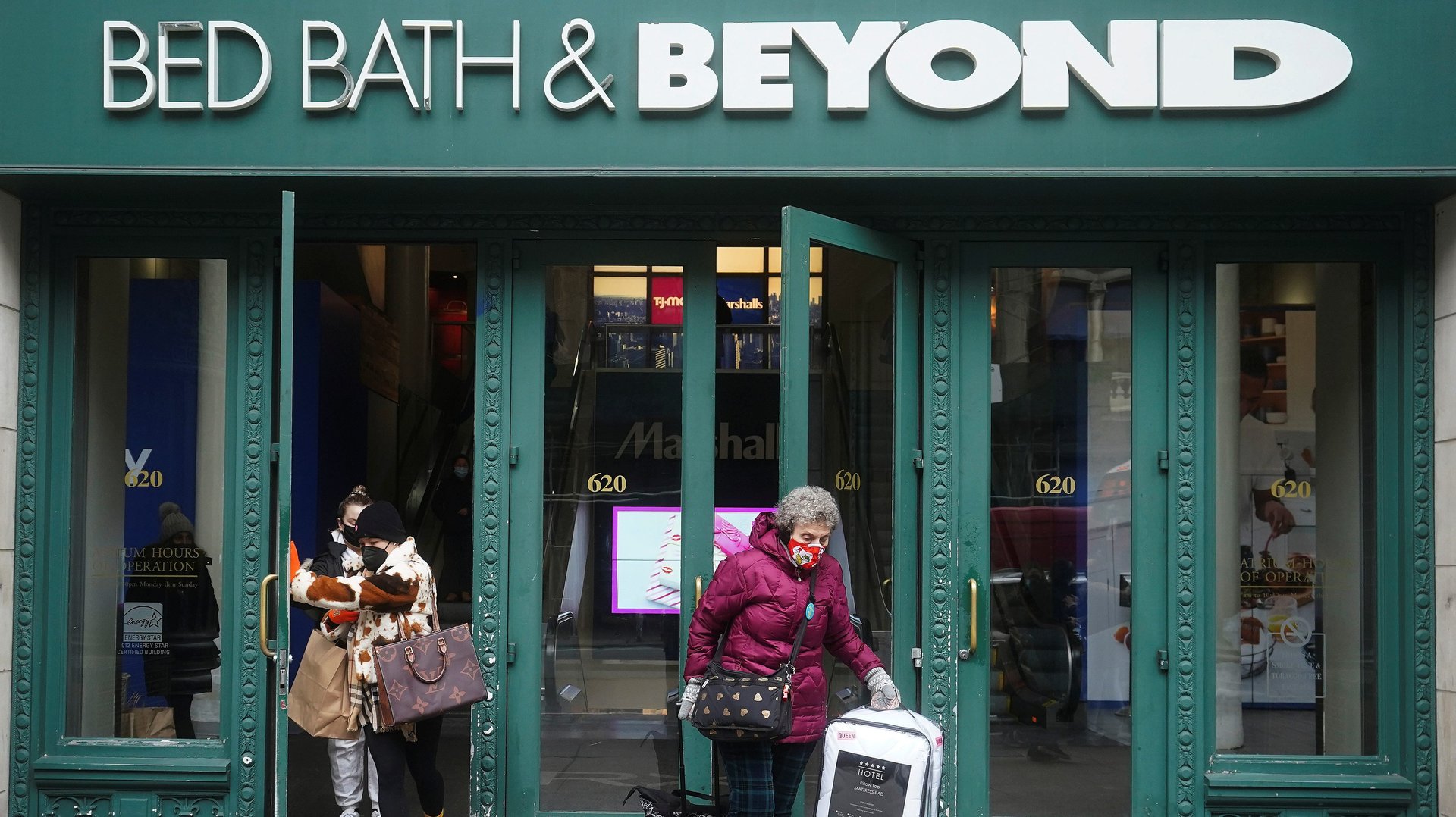Bed Bath and Beyond tried decluttering and shoppers rebelled
Decluttering’s popularity may never peak. Getting rid of the flotsam in your home was a virtuous activity even before the pandemic, when lockdowns gave millions of people plenty of time to take a hard look at their stuff.


Decluttering’s popularity may never peak. Getting rid of the flotsam in your home was a virtuous activity even before the pandemic, when lockdowns gave millions of people plenty of time to take a hard look at their stuff.
But retailers play with fire when they choose to declutter their products, as Bed Bath and Beyond’s leadership discovered over the past year.
The Wall Street Journal reports the company’s recent pivot to a more streamlined inventory has frustrated the company’s famously loyal shoppers who miss having several brands to choose from when selecting, say, a nonstick pan or mini humidifier.
Holiday shoppers were left frustrated
Last year, in the holiday shopping season, Bed Bath and Beyond ran short of 200 of its most popular items, and employees who spoke to the Journal said customers complained. In all, the retailer reported $100 million in lost sales in the last quarter of 2021, when its competitors, including Home Goods, saw sales gains.
Part of the problem was that Bed Bath and Beyond’s product cull coincided with larger supply-chain issues that led to myriad shortages during the pandemic. But the Journal’s reporting also suggests that CEO Mark Tritton misread the room.
Bed Bath and Beyond has been known for its abundance—its cluttered aisles selling faux fur throw pillows you didn’t know you needed and multiple types of can openers—were arguably part of what made it a meme stock darling in 2021.
Were shoppers truly overwhelmed by choices?
Tritton was named CEO at the popular home goods store in 2019 after three activist investors banded together and pushed for new leadership. The new arrival echoed former analyst criticism when he mused that the store’s bloated aisles were leading to so-called “purchase paralysis.”
The subsequent KonMari-ing may have gone too far. One shopper, a parole officer in New York, told the Journal that he recently went to the store to find a handheld vacuum and a blanket but left without either. He bought those goods through Amazon and Target instead. “Bed Bath & Beyond would normally be my first stop for these things,” Marcos Martinez said. “But now I’ll probably go elsewhere.”
While overseeing a deep edit of the retailer’s offerings, Tritton also launched eight new house brands, including Wild Sage, a home decor line meant to appeal to young adults and Gen Z buyers moving into college dorms. (Tritton had successfully launched house labels at Target and Williams Sonoma before taking over at Bed Bath and Beyond.)
But the moves didn’t work. Bed Bath and Beyond was among the worst performers in the S&P 600 Consumer Discretionary Index last year, Bloomberg notes.
In a recent earnings call, Tritton told analysts that the store’s market share was stabilizing. The recent string of market-share losses signs of “company-specific supply-chain issues” and “an erosion of their core customer base,” Seth Basham, an analyst at Wedbush Securities told the Wall Street Journal.